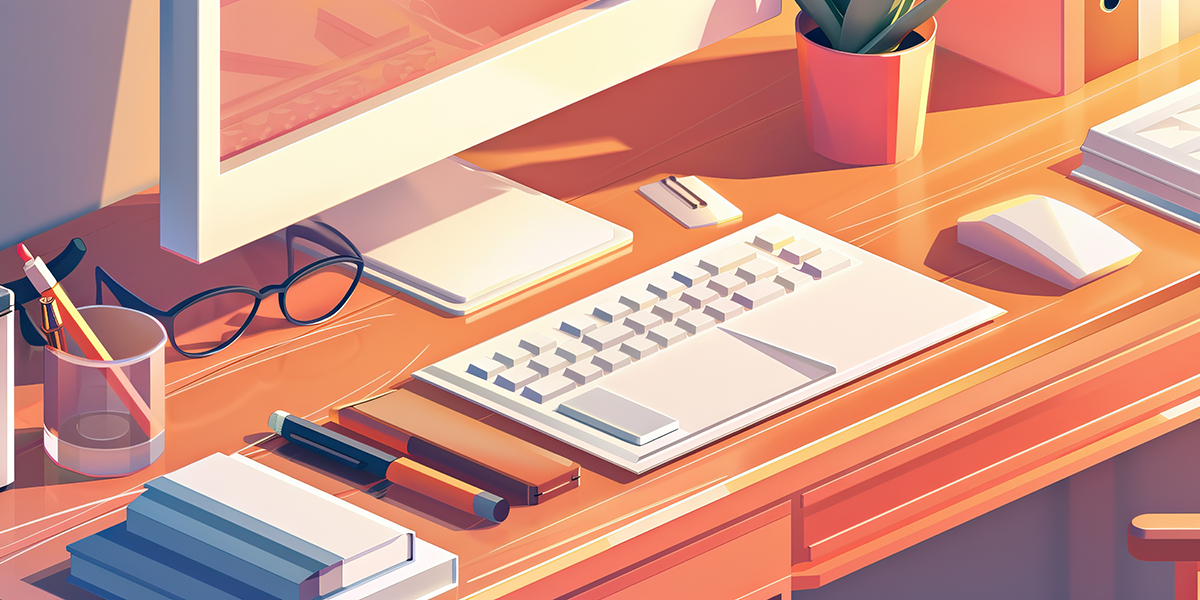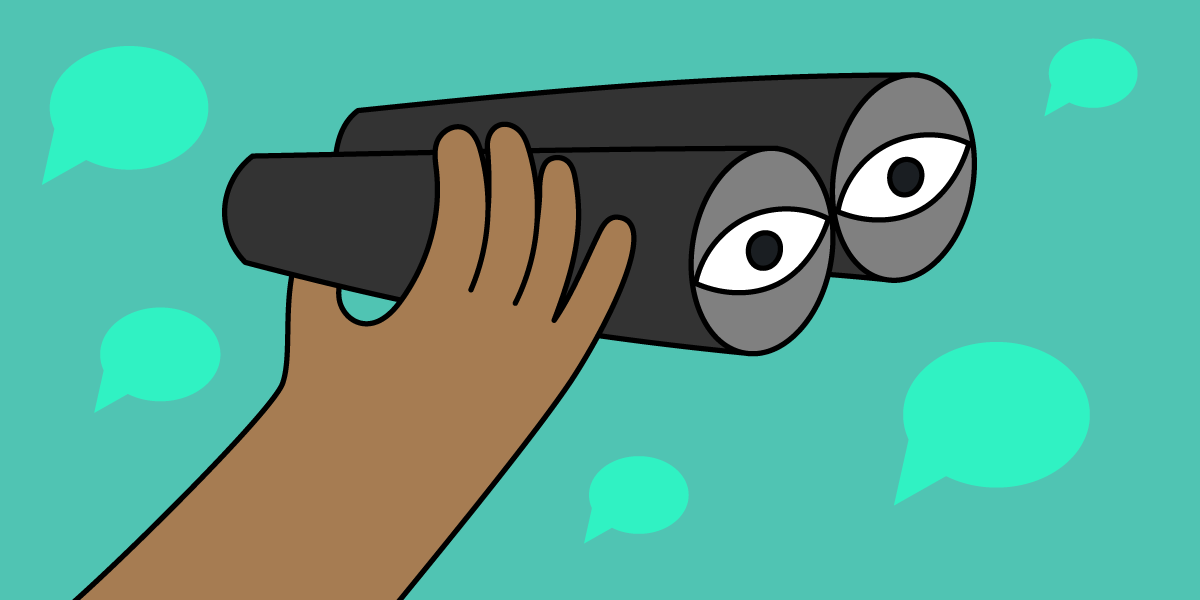
We’ve all been there: it’s mid-afternoon, and your energy since lunch has fizzled. Your eyes are heavy, and the computer screen starts to blur.
But there’s still a good chunk of the workday left, and you’ve got tasks piling up.
If you’re tempted to reach for that fourth cup of coffee or a sugary snack, hoping for a quick energy boost…
Don’t.
There’s something better—that’s right, I’m talking about the power nap.
A mid-day snooze will help you think more clearly and leave you in a healthier overall state.
In this article, I’ll share why napping at work is one of the best decisions you can make for your productivity and your health.
Napping at work: trendy gimmick or productivity hack?

Napping isn’t new.
Big thinkers like Albert Einstein and Thomas Edison were fans of quick snoozes.
In countries like Spain, afternoon naps are a way of life.
And while nap centers and quiet zones are not mainstream by any means, their use at major corporations is laying the groundwork for better employee well-being.
Believe it or not, NASA kicked off nap culture in the 90s (yes, really—more on that below).
Since then, major companies have followed suit: Google installed nap pods in its offices for employees, Zappos created nap rooms, and Ben and Jerry’s was another early adopter of napping at work.
For a lot of us, this sounds too good to be true:

But what’s in it for the companies? Does all of this really help productivity? Let’s take a closer look…
The Science Behind Napping
Some research shows that only 10 to 20 minutes will help you hit the napping sweet spot, while others argue as much as 90 minutes could be beneficial.
Neuroscientist Matthew Walker, author of “Why We Sleep” confirms the positive impact napping has on your mind and body:
We’ve found benefits for cardiovascular health, blood pressure, for example. We found benefits for levels of cortisol. We found benefits for learning and memory, and also emotional regulation.
Walker then goes on to say:
None of this is novel. NASA pioneered this back in the 1990s. During the missions, they were experimenting with naps for their astronauts. And what they found was that naps [as] little as 26 minutes improved mission performance by 34% and improved daytime alertness by 50% and it birthed what was then called the NASA nap culture.
Beyond the health benefits above, napping can boost creativity, logical reasoning, and physical performance. Reducing worker fatigue could arguably lead to fewer mistakes and accidents—both of which can improve a company’s bottom line.
3 ways to make office naps easier
Be transparent with your manager about napping
While it would be great to start napping at work immediately, a conversation with a manager or employer should take place before adding a nap to your daily routine.
Explain what your workday would look like, where a nap would fit in, and how a nap will help you produce better work. Being upfront about your schedule and goals will build trust with your boss.
If you’re successful in building naps into your work day, this could start a larger conversation within the company. Be sure to document your wins along the way, so you’re prepared (if you have the opportunity) to influence your workplace culture in a bigger way.
A dedicated napping space
If you have a private office, simply close your door and turn off the lights. A yoga mat or a couch can also help you take a restful afternoon nap.
If you’re not in a dedicated personal office, under-used spaces can make a great quiet spot. Spare meeting rooms or a random empty office could be transformed into a dedicated relaxation room for your workplace.
For those fortunate enough to work close to home, consider the luxury of napping at home during a lunch break. Or, consider negotiating a few remote workdays to make it easier to schedule rest into the workweek. And don’t overlook the potential of your car as a nap nook during lunch on mild weather days.
Tips for a restful nap
Once you have a dedicated space, think about what would help you rest more easily. Here are a few ideas:
- Block out light (close shades or use an eye mask) and minimize sounds (try white noise or ear plugs)
- Use an oil diffuser or a candle for a calming scent, like lavender
- Listen to relaxing music
- Focus on your breathing and try to clear your mind
- Put your phone or computer notifications on silent
- Set an alarm so you don’t oversleep
Don’t put too much pressure on yourself to sleep—hopefully it happens, but, at the very least, you will have a restful break.
And for more tips on prioritizing your mental and physical health (at work and at home), check out these posts:
Don’t sleep on it, office naps are the future
Power naps aren’t lazy—they’re a scientifically backed method to refresh your mind and body. Not only can naps combat afternoon slumps and enhance cognitive functions, but they also offer a myriad of health benefits—from bolstered immunity to an improved emotional state.
The modern workplace is evolving, and with it, the recognition that employee well-being directly impacts productivity. Now that’s a win for you and your company.
As the boundaries between our work and personal lives continue to blur, rest is essential—and power naps might just be the perfect solution.










